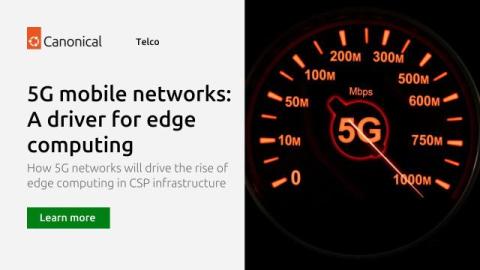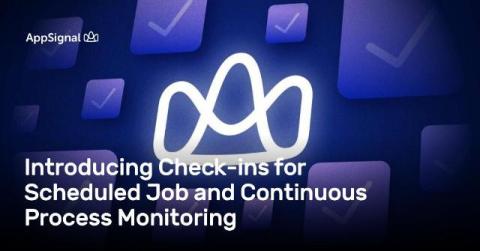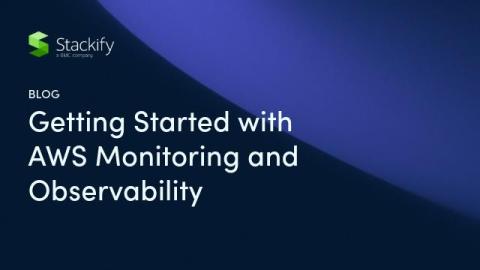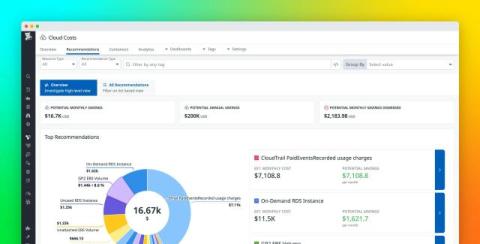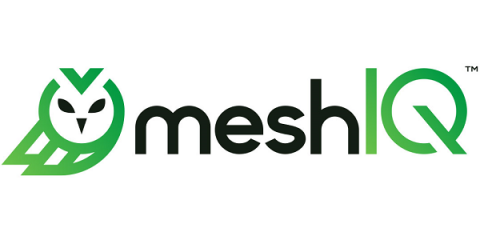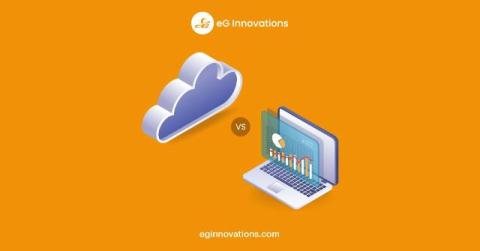Two Scenarios for Hybrid Multicloud Deployment With IBM Cloud and Microsoft Azure
Learn how you can modernize your applications at scale for a powerful hybrid multicloud solution. Every network team wants a hybrid multicloud network that is efficient, resilient, secure, and scalable. Megaport has been a part of this journey for years, and many enterprises today leverage Megaport Cloud Router(MCR) for their cross-cloud workloads to achieve their dream networks.



